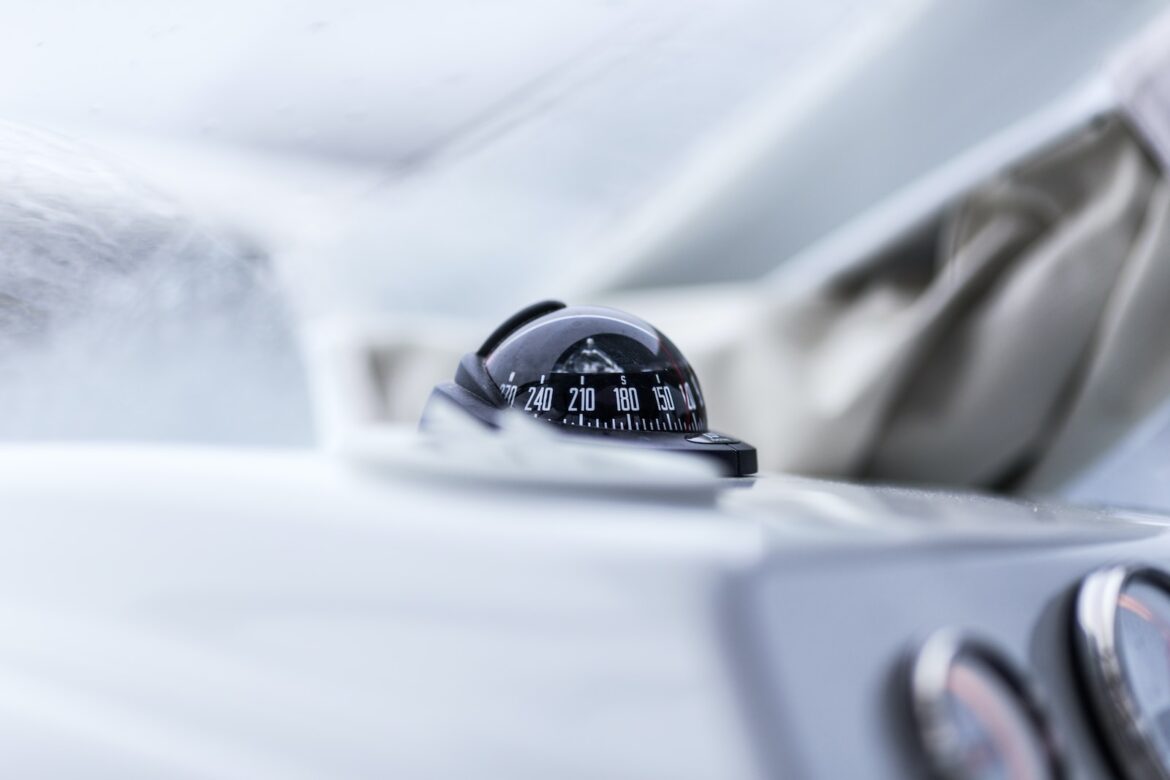Exploring the Physics Behind How Fast a Knot is in Miles Per Hour
Have you ever wondered how fast a knot is in miles per hour? It’s a fascinating question, and one that has been studied by physicists for centuries. In this article, we’ll explore the physics behind knots and how they’re measured in miles per hour.
A knot is a unit of speed that is equal to one nautical mile per hour. A nautical mile is a unit of length that is equal to 1.15 statute miles, or 6,076 feet. To put it simply, a knot is equal to 1.15 miles per hour.
The speed of a knot is determined by the speed of the water or air that it is traveling through. For example, if you’re sailing in a boat, the speed of the boat is determined by the speed of the water. If you’re flying in an airplane, the speed of the plane is determined by the speed of the air.
The speed of the water or air is determined by a variety of factors, including the temperature, pressure, and density of the medium. For example, warmer water or air will move faster than colder water or air. Additionally, higher pressure and higher density will cause the medium to move faster.
In addition to the speed of the medium, the speed of a knot is also affected by the shape of the object that is moving through it. For example, a boat with a flat bottom will move faster than a boat with a curved bottom. Similarly, an airplane with a streamlined shape will move faster than an airplane with a boxy shape.
Finally, the speed of a knot is also affected by the amount of drag that is created by the object moving through the medium. Drag is a force that is created when an object moves through a medium, and it can slow down the object’s speed. The amount of drag is determined by the shape of the object, the size of the object, and the speed of the medium.
So, how fast is a knot in miles per hour? As we’ve seen, the answer to this question depends on a variety of factors, including the speed of the medium, the shape of the object, and the amount of drag. Generally speaking, a knot is equal to 1.15 miles per hour. However, this number can vary depending on the conditions.
We hope this article has helped you understand the physics behind knots and how they’re measured in miles per hour. If you’d like to learn more about knots and other units of speed, be sure to check out our other articles.
The History of Knots and How Fast They Travel in Miles Per Hour
Knots have been around for centuries, and they’ve been used for a variety of purposes. From tying up boats to securing cargo, knots have been an essential part of many cultures and civilizations. But how fast do knots travel?
Knots don’t actually travel in miles per hour, but they can be used to measure speed. The speed of a knot is determined by the number of knots that can be tied in a given amount of time. For example, if you tie a knot in one minute, then the speed of the knot is one knot per minute.
Knots can also be used to measure the speed of a boat. The speed of a boat is determined by the number of knots it can travel in a given amount of time. For example, if a boat can travel at a speed of 10 knots per hour, then it is traveling at 10 knots per hour.
Knots can also be used to measure the speed of a wind. The speed of a wind is determined by the number of knots it can travel in a given amount of time. For example, if a wind can travel at a speed of 20 knots per hour, then it is traveling at 20 knots per hour.
Knots can also be used to measure the speed of a current. The speed of a current is determined by the number of knots it can travel in a given amount of time. For example, if a current can travel at a speed of 30 knots per hour, then it is traveling at 30 knots per hour.
Knots can also be used to measure the speed of a wave. The speed of a wave is determined by the number of knots it can travel in a given amount of time. For example, if a wave can travel at a speed of 40 knots per hour, then it is traveling at 40 knots per hour.
Knots are an essential part of many cultures and civilizations, and they can be used to measure speed. Whether you’re measuring the speed of a boat, wind, current, or wave, knots can help you determine how fast something is traveling. So the next time you’re out on the water, remember to keep an eye on the knots!

